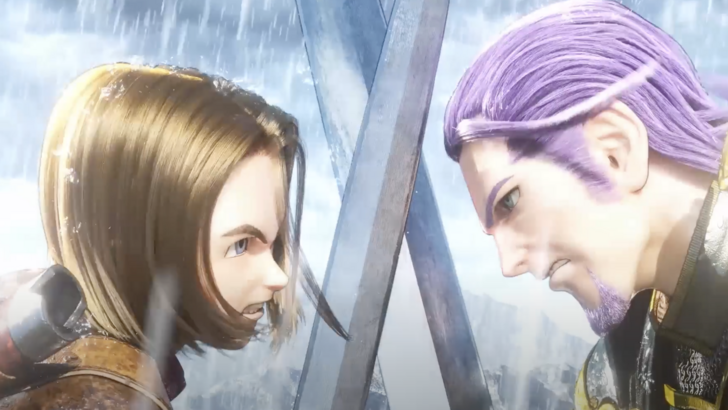
The Evolving Role of the Silent Protagonist in Modern RPGs: A Conversation Between Dragon Quest and Metaphor: ReFantazio Creators
Veteran RPG developers Yuji Horii (Dragon Quest) and Katsura Hashino (Metaphor: ReFantazio) recently discussed the challenges of utilizing silent protagonists in modern gaming, as detailed in the "Metaphor: ReFantazio Atlas Brand 35th Anniversary Edition" booklet. Their conversation highlights the evolving landscape of game development and its impact on storytelling techniques.
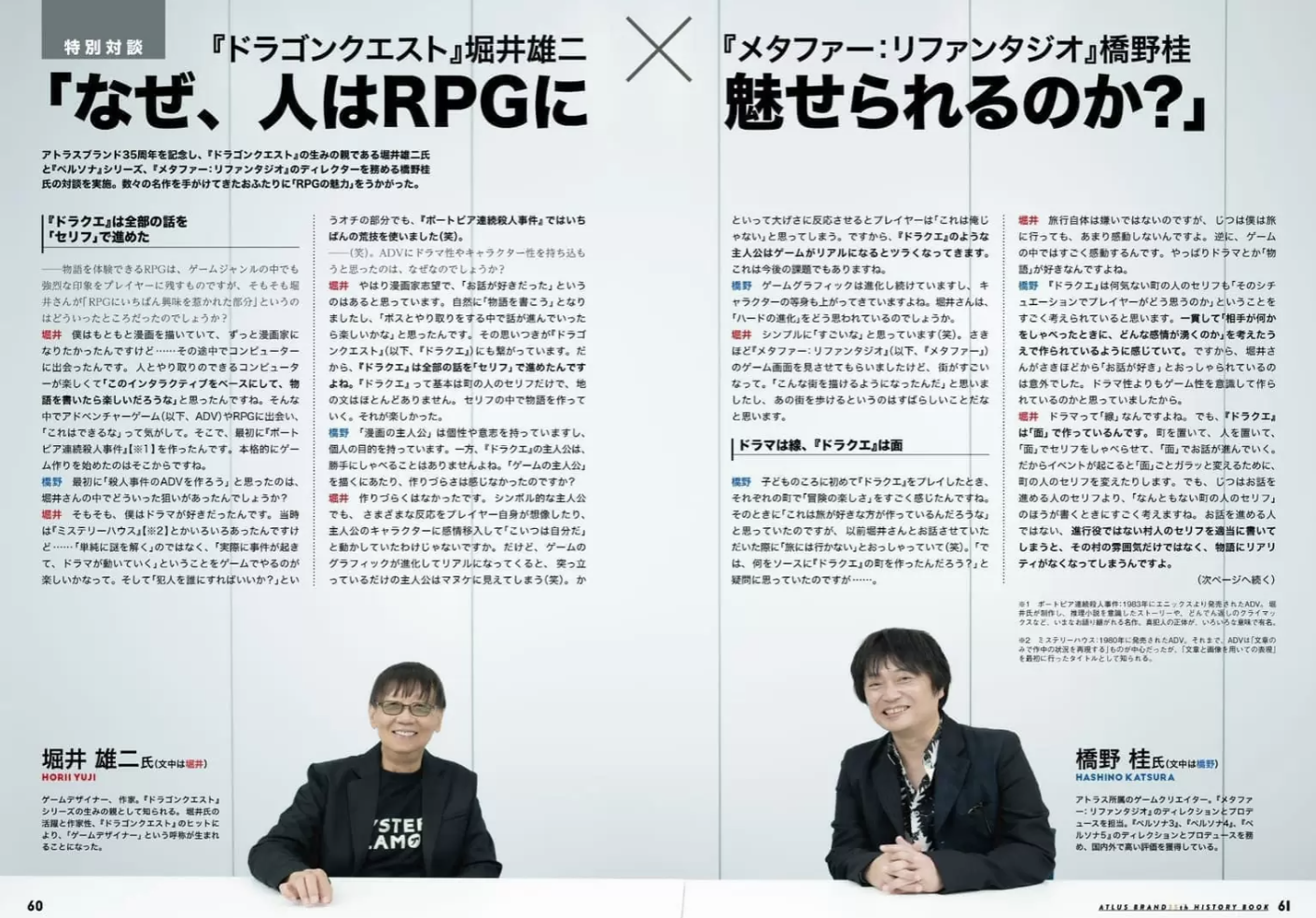
Horii, known for Dragon Quest's iconic silent protagonist, described him as a "symbolic protagonist," allowing players to project themselves into the game. This approach worked well with the simpler graphics of earlier games, where limited animations didn't detract from the player's imaginative engagement. However, Horii jokingly admitted that a silent protagonist in today's realistic graphics might appear "like an idiot" simply standing there.
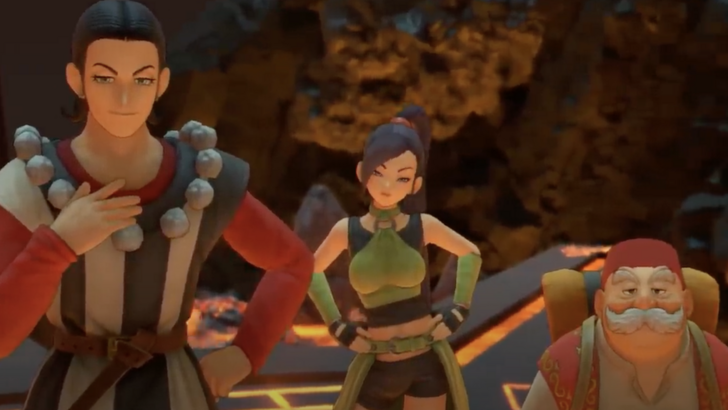
Horii, whose background includes aspirations to be a manga artist, emphasized Dragon Quest's narrative structure, built primarily on dialogue interactions rather than extensive narration. This dialogue-driven storytelling, he explained, is central to the game's appeal.
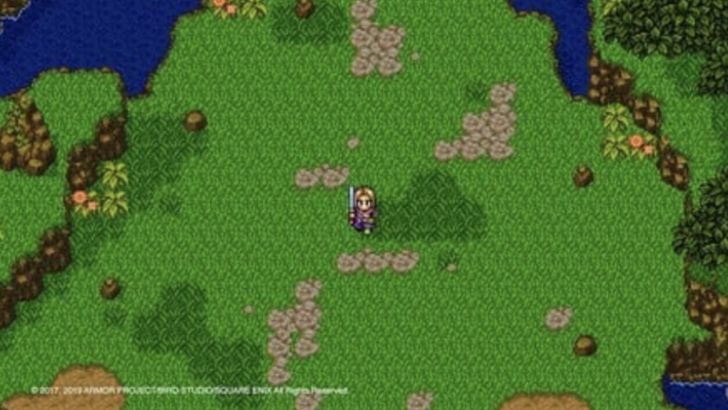
He acknowledged the increasing difficulty of maintaining this silent protagonist approach as graphics and audio become more sophisticated. The minimalist visuals of the NES era allowed players to fill in the emotional gaps, but this becomes more challenging with today's advanced technology. Horii concluded that depicting this type of protagonist in increasingly realistic games presents a significant ongoing challenge.

Hashino, whose Metaphor: ReFantazio features a fully voiced protagonist, contrasted this with Dragon Quest's unique approach. He praised Horii's focus on the player's emotional experience, noting that even interactions with minor characters are carefully crafted to evoke specific feelings. This player-centric design, Hashino observed, is a consistent strength of the Dragon Quest series.






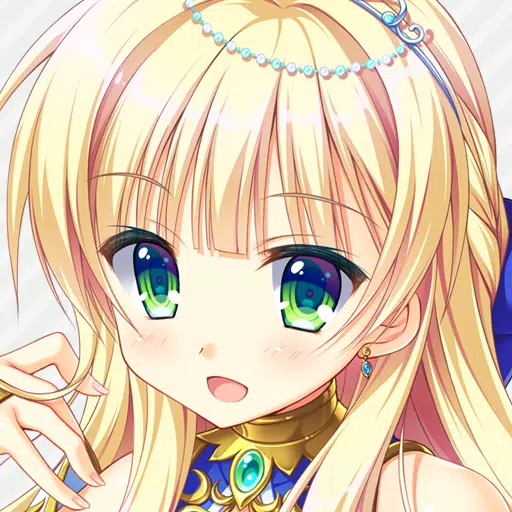




![Alienated – Version 0.1 [Kalin]](https://images.51ycg.com/uploads/11/1719569224667e8b4862374.jpg)



